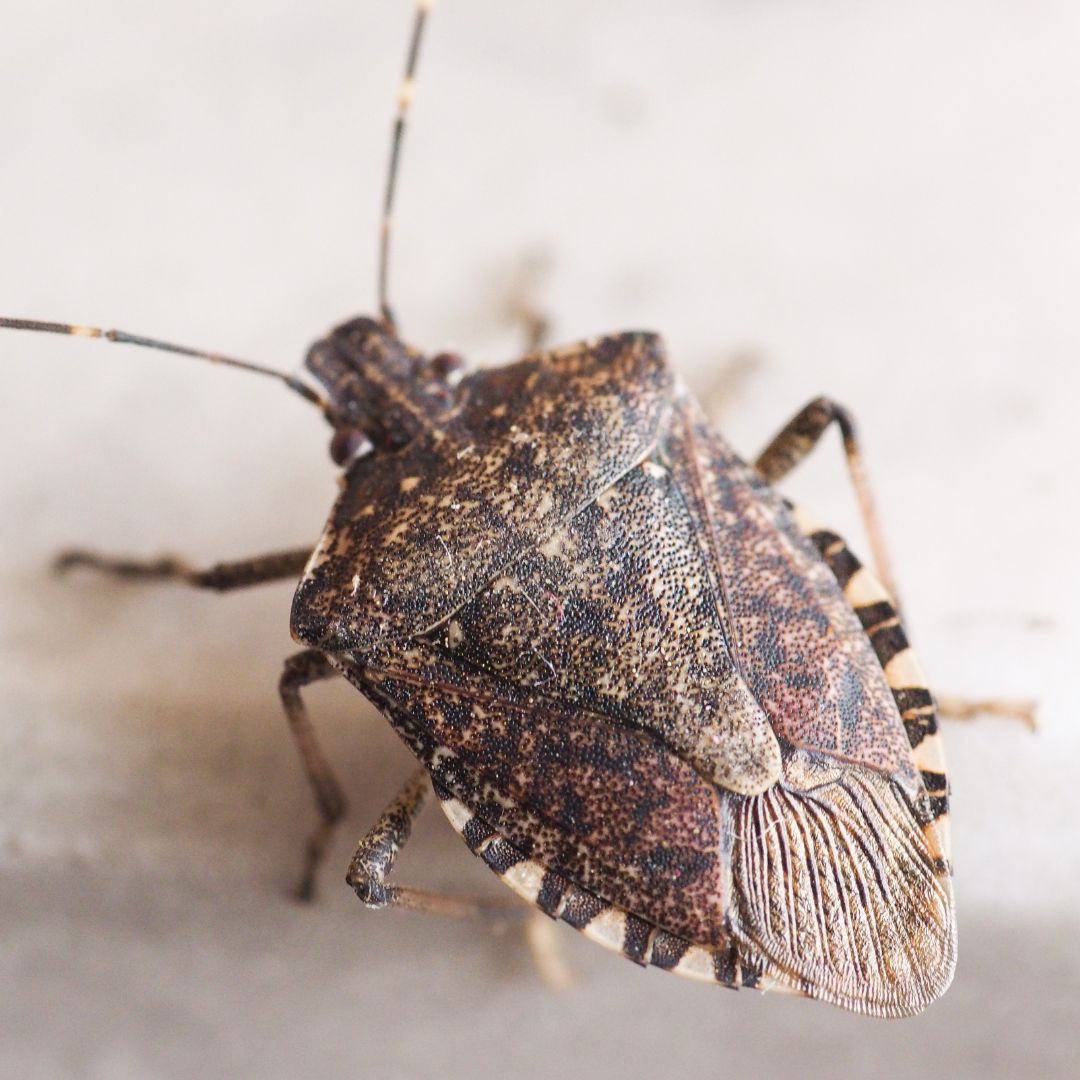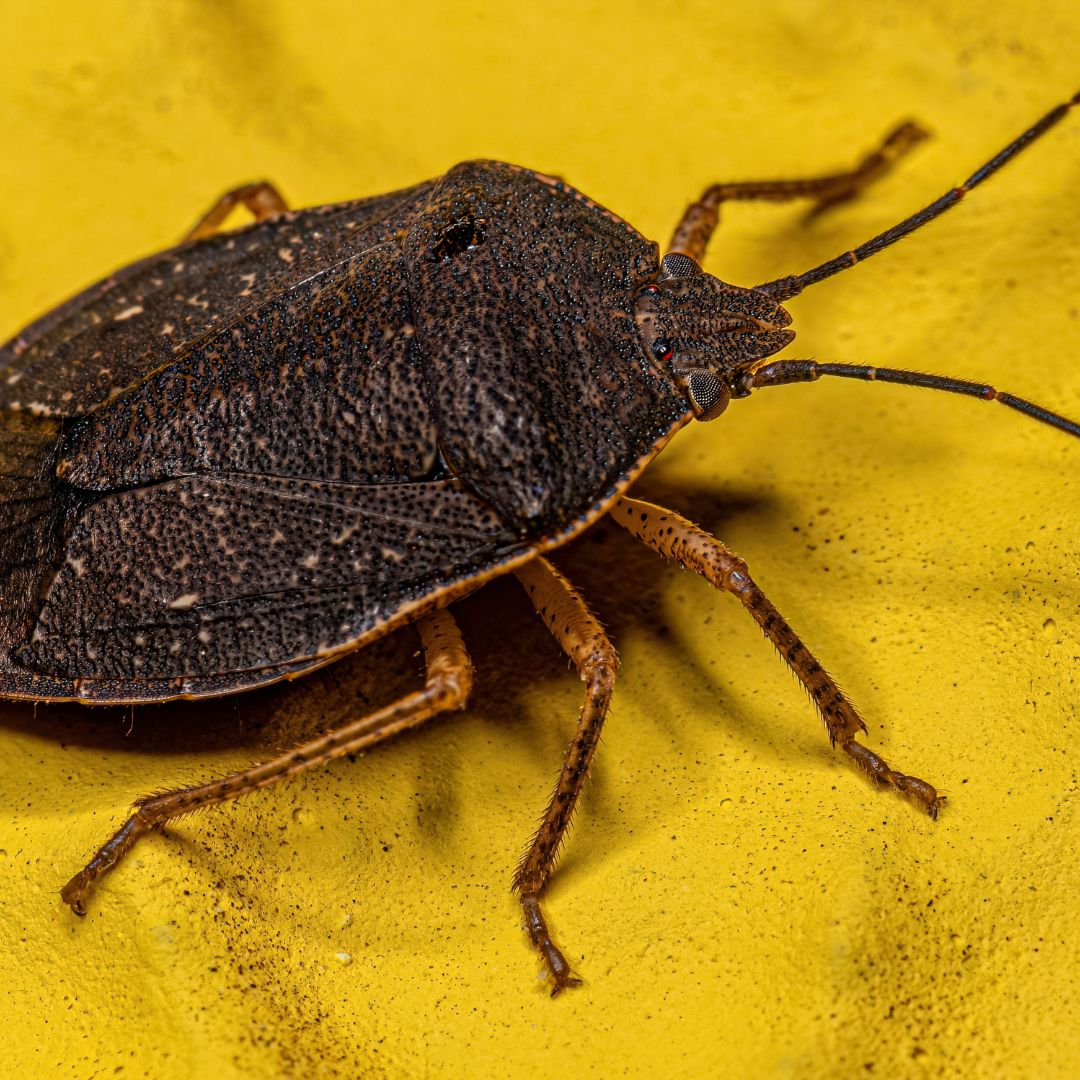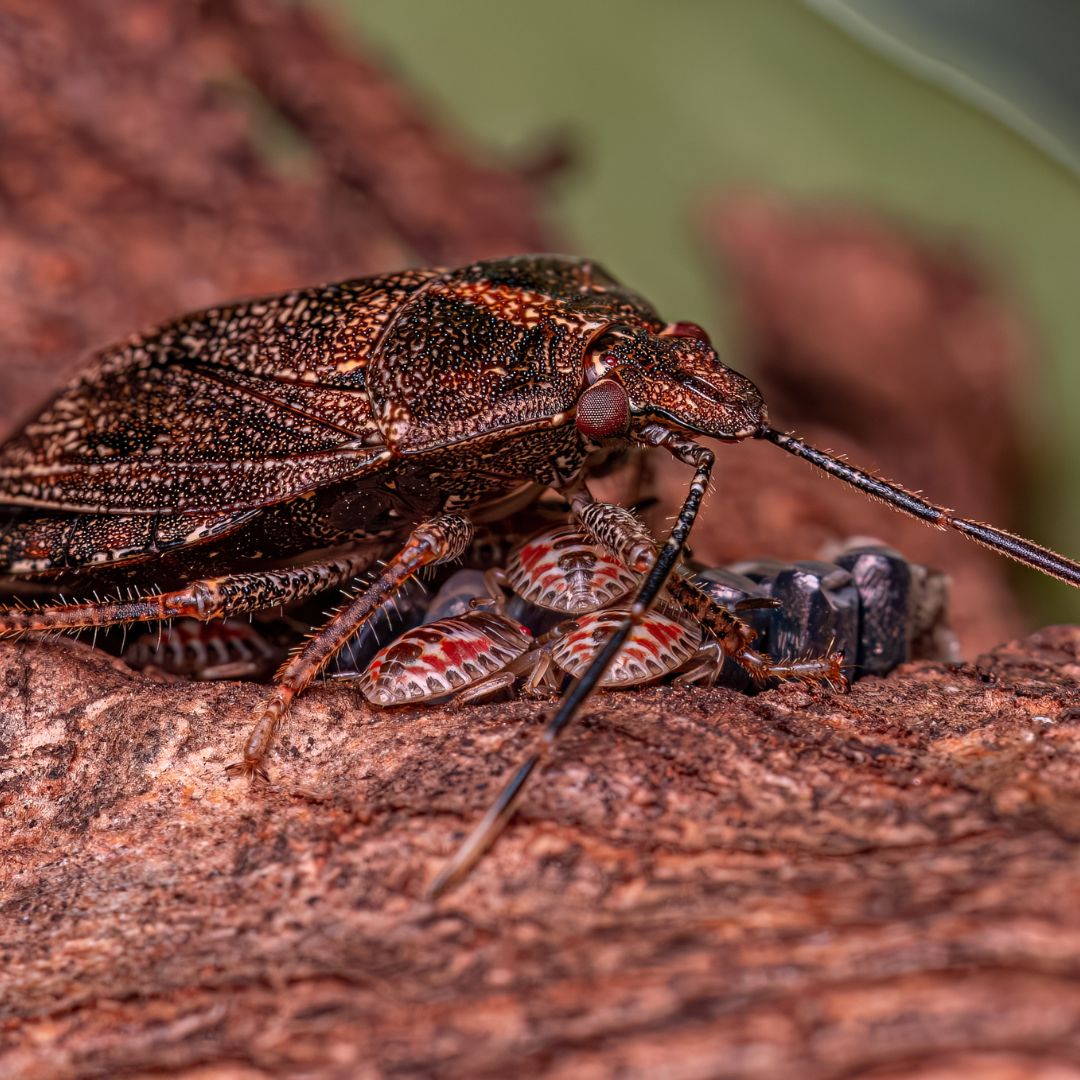Understanding the Intricacies of Stink Bugs
Origins and Introduction to the Midwest
Ah, stink bugs, those pesky little intruders that seem to appear out of nowhere as soon as the weather turns a bit chilly. But where do they come from? Originally hailing from East Asia, these uninvited guests made their grand entrance into the United States in the late 1990s. The Midwest, with its vast agricultural landscapes and conducive seasonal climates, soon became a favored destination for these insects.



Anatomical Features: The Unique Appearance of Stink Bugs
Picture this: a bug, about the size of a penny, with a shield-shaped body that seems almost perfectly designed for a stealthy invasion. This is your typical stink bug. Their color palette ranges from brown to green, blending seamlessly with the foliage they often inhabit. The most distinctive feature, however, isn’t something you can see but rather something you can smell. When threatened or crushed, these bugs release a pungent odor from glands located beneath their thorax, a defensive mechanism that has earned them their name.
Dietary Habits: What Do Stink Bugs Feast On?
What’s on the menu for a stink bug, you might wonder? A smorgasbord of fruits and vegetables. These critters are not picky eaters. They pierce plants with their needle-like mouthparts to suck out the juice, often leaving behind a trail of damaged crops and frustrated farmers. From apples to corn, no plant is safe when a stink bug is on the prowl.
The Journey from Intrusion to Infestation
Seasonal Patterns and Habitat Preferences
As the balmy days of summer give way to the crisp air of autumn, stink bugs start looking for a cozy place to spend the winter. Your warm and welcoming home becomes the prime real estate for these cold-blooded squatters. Cracks around windows and doors? An open invitation. Ventilation systems? A secret passageway into your personal space.
The Lifecycle of Midwest Stink Bugs: From Egg to Adult
Understanding the lifecycle of these creatures is crucial in managing their population. A single female can lay hundreds of eggs, which hatch into nymphs that go through several stages before reaching adulthood. This cycle can produce multiple generations in a year, depending on the climate, making their control a challenging task.
Population Dynamics: Understanding Their Spread
One reason stink bugs have become such a pervasive issue is their lack of natural predators in the Midwest. This, combined with their broad dietary preferences and the region’s favorable agricultural environment, has allowed their populations to thrive and spread rapidly across states.
Human Encounters and Environmental Impact
Stink Bugs and Agriculture: A Troublesome Duo
The economic impact of stink bugs on the Midwest’s agricultural sector cannot be overstated. They are a formidable pest, causing significant damage to crops and, consequently, financial losses for farmers. The quest for effective control measures is ongoing, with both traditional and innovative methods being explored.
The Household Intruder: Stink Bugs Indoors
Beyond the fields, stink bugs also venture into homes, seeking shelter from the cold. While they do not pose a direct threat to human health, their presence can be a nuisance, especially given their notorious odor and the sheer number of bugs that can invade a home.
Natural Predators: The Ecosystem’s Response
In their native habitat, stink bugs are kept in check by a variety of predators, including birds, spiders, and other insects. However, in the Midwest, these natural control agents are less effective, leading to the unchecked spread of stink bug populations. Research into introducing natural predators or enhancing their effectiveness is ongoing.
Mitigation and Management Strategies
Preventive Measures: Keeping Stink Bugs at Bay
Ah, prevention, the first and arguably most crucial step in the battle against these shield-shaped invaders. Sealing up your home seems like a no-brainer, doesn’t it? Caulking those windows, fixing screens, and installing door sweeps can turn your home from a stink bug hotel into a fortress. But, the outdoors calls for attention too. Removing weeds and debris from around your house cuts off their outdoor buffet, making your property less appealing.
Natural Remedies: Eco-Friendly Elimination Techniques
Before reaching for the chemical cavalry, why not try some gentler methods? Soapy water, for instance, acts like quicksand for stink bugs, trapping and drowning them without harming the environment. Essential oils, like mint or neem, also double as a bug deterrent and home fragrance. Then there’s the trusty vacuum cleaner – just be prepared for the smell if you squash them inside the bag.
Chemical Solutions: When to Consider Pesticides
Sometimes, the situation calls for stronger measures. Chemical pesticides can offer a quick fix, but with great power comes great responsibility. Targeted applications by professionals can minimize harm to beneficial insects and reduce the risk of chemical exposure to humans and pets. Remember, it’s about using the right tool at the right time.
Innovations in Stink Bug Control
Scientific Advances in Stink Bug Management
Science, ever our ally, is forging ahead with solutions. Researchers are exploring everything from pheromone traps that lure bugs to their doom, to genetically engineered crops that are less tasty to pests. Biocontrol methods, including the introduction of natural predators from the stink bugs’ native lands, offer hope for a balanced approach to pest management.
Community Efforts and Public Awareness Campaigns
It turns out there’s strength in numbers. Community-wide efforts to monitor and report stink bug sightings help track their spread and effectiveness of control measures. Educational campaigns also arm the public with knowledge on how to prevent infestations and reduce the use of harmful pesticides.
Future Perspectives: Towards a Stink Bug-Free Midwest
Imagine a future where stink bugs are but a minor nuisance, controlled through sustainable methods that protect our crops and homes without harming the environment. This vision is within reach, with ongoing research, innovation, and community engagement leading the charge.
Frequently Asked Questions
What attracts stink bugs into my house?
Stink bugs are drawn to warmth and light, seeking shelter in homes as the weather cools. Sealing entry points and reducing outdoor lighting can help deter them.
Are stink bugs harmful to humans or pets?
No, stink bugs do not bite or sting humans and are not known to cause harm to pets. Their main defense mechanism is their odor, which is more a nuisance than a threat.
Can stink bugs damage my home?
While stink bugs can be a nuisance, they do not cause structural damage to homes. Their primary impact is on agriculture, where they damage crops.
How long do stink bugs live?
Stink bugs can live for several months, with their lifecycle allowing for multiple generations in a year depending on the climate.
What is the best way to remove stink bugs from my home?
Vacuuming them up is a quick and effective method. Just be cautious of the smell if you crush them. Soapy water traps are also an effective, non-toxic solution.
Concluding Thoughts on Stink Bug Management
As we conclude our comprehensive journey through the world of stink bugs in the Midwest, it’s evident that while these pests present a formidable challenge, the solutions at our fingertips are both varied and effective. From sealing our homes against their entry to employing natural and chemical strategies for their control, each step brings us closer to a stink bug-free environment. Yet, the battle against these persistent invaders is ongoing and requires not just individual efforts, but professional expertise as well.
This is where STL Pest Control steps in. With a deep understanding of stink bug behavior, lifecycle, and the latest control techniques, STL Pest Control offers a robust defense against these pests. Our team of experts is equipped with the knowledge and tools to assess your specific situation, develop a tailored approach, and implement solutions that ensure your home or business remains stink bug-free.
STL Pest Control not only addresses the immediate concern of removing existing stink bugs but also focuses on preventative measures to safeguard your property against future invasions. Our integrated pest management strategies minimize environmental impact while maximizing effectiveness. By choosing STL Pest Control, you’re partnering with a team committed to delivering peace of mind through professional pest management services.
In the fight against stink bugs and other pests, knowledge is power, but action is key. If you’re facing an infestation or simply wish to take proactive steps towards prevention, don’t hesitate to reach out to STL Pest Control. Together, we can achieve a balance that respects both human needs and ecological integrity, paving the way for a stink bug-free Midwest.
Remember, when it comes to pests, you’re not alone. STL Pest Control is here to help, bringing expertise, efficiency, and peace of mind right to your doorstep.

